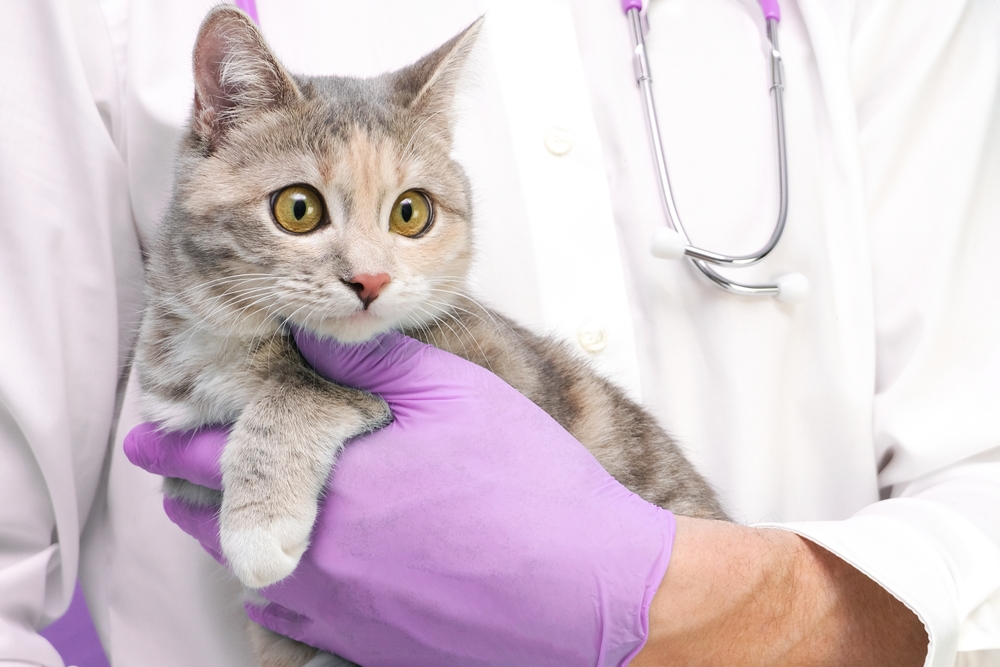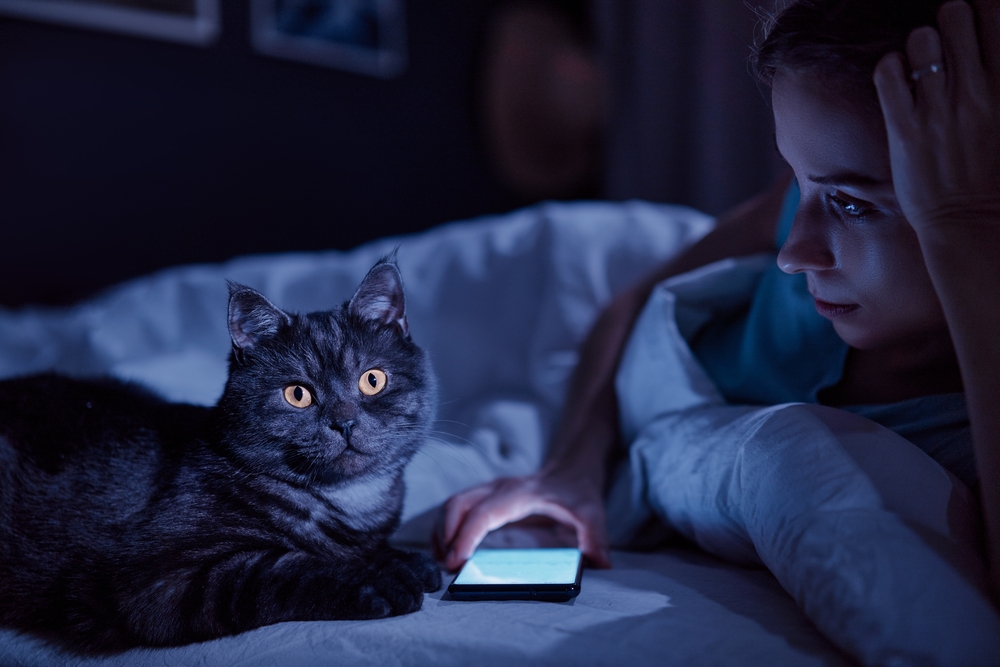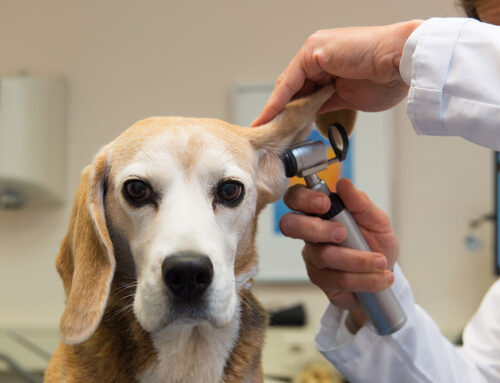We know you’re a cat lover, but are you also a cat expert? Our Palm City Animal Medical Center team wants to put your knowledge to the test. We’re here to separate cat fact from fiction by taking a close look at these curious creatures. See how much you already know about your favorite feline—you may also learn something new that will help you better understand them.
True or false?: Cats are nocturnal
False: Because their cat regularly wakes them up in the middle of the night, many owners believe their cat is nocturnal. True, some cats are active through the night, but they are not nocturnal. Cats are crepuscular, which means they are most active at dawn and dusk, because of their natural hunting instincts. In the wild, the low light at dusk and dawn, which their eyes were designed for, limits their risk from predators, and provides enough light for hunting. However, cats do sleep a lot during the day—12 to 15 hours a day on average—to conserve energy for hunting.
True or false?: Cats can’t taste sweetness
True: Unlike other mammals, cats do not have the proper receptors (i.e., taste buds) to detect sweetness, possibly because cats are obligate carnivores, meaning they require only meat in their diet and have no need or use for carbohydrates. The next time your cat turns up their nose up at a sweet treat, remember—it’s nothing personal.
True or false?: Adult cats need milk
False: While cats are often associated with milk, most adult cats are lactose intolerant. Cats are born with an enzyme that breaks down lactose and is no longer produced once they are weaned. Cats don’t need dairy milk, and feeding your cat milk can cause an upset stomach, vomiting, and diarrhea.
True or false?: Cats purr only when they are happy
False: If your cat purrs while curled up on your lap, they are probably feeling content and relaxed, but a cat’s purrs can mean a lot more than happiness. Cats also purr when they are anxious, hurt, or ill. Purring comforts cats, and can be self-soothing. The best way to determine why your cat is purring is to consider the context.
True or false?: Your cat shares 95.6% of their genetic makeup with tigers
True: You’ve probably seen your cat channeling their inner tiger when they play. Sure, tigers hide in the bushes, while your cat hides in an empty Amazon box, and rather than hunt for their next meal, your cat is likely determined to take down that darn feather on a string. But, your cat is more similar to the mighty tiger than you may think. Researchers sequencing tiger, snow leopard, and lion genomes have noted that the domestic house cat not only shares 95.6% of their DNA, but also instinctual behaviors like scent and urine marking, prey stalking, and pouncing, with the tiger. So, Fluffy is a tiger not only at heart—it’s in her DNA.
True or false?: Cats hate water
False: Cats have a complex relationship with water. True, most cats hate being bathed and getting wet, but many cats are fascinated by water and like to play with a running faucet or dip their paws in a sink or tub. Certain breeds, including the Turkish Van, Abyssinian, Bengal, and Maine Coon, especially love water. Most cats prefer moving rather than still water for drinking, so if your cat enjoys drinking from the faucet, consider giving them a pet water fountain that keeps water flowing continuously.
True or false?: Cats always land on their feet
False: Cats don’t always land on their feet, although the saying does have some basis in truth. Cats have a righting reflex (i.e., an internal balancing system) and a flexible backbone that allows them to twist their body the right way mid-fall. Also, a cat’s spine is twice as flexible as a human’s, and allows them to rotate and land on their feet. However, these systems are not foolproof and during a short fall (i.e., less than a few feet) a cat may not have enough time to react and will fall less than gracefully. Falls can cause injuries that may require veterinary treatment, whether or not your cat lands on their feet.
True or false?: Cats need veterinary care, too

True: All cats, including indoor cats, should receive regular, preventive veterinary care at least once per year. However, most pet owners bring their cats to the veterinarian only about half as often as dogs. Cat owners’ reasons include:
- Stress — Pet owners may think veterinary visits are too stressful for their cat and themselves.
- Health — Owners believe their cats are healthy and self-sufficient and do not need care.
- Lifestyle — Pet owners may believe that veterinary care is not needed for cats kept indoors.
The truth is, cats, like dogs, need regular wellness care, including exams, vaccines, and parasite preventives to stay healthy. Regular check-ups allow the veterinarian to detect many common conditions, including diabetes, dental disease, arthritis, kidney disease, and thyroid problems, early, when they are more treatable and a better outcome is likely.
So, were you able to separate cat facts from fiction? We hope you learned some correct knowledge and gained a new appreciation for your fabulous feline. Make your cat’s wellness care a priority, and contact our Palm City Animal Medical Center team to schedule an appointment.








Leave A Comment